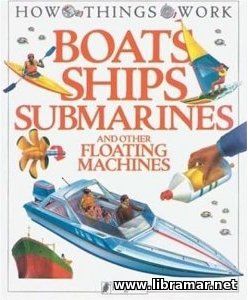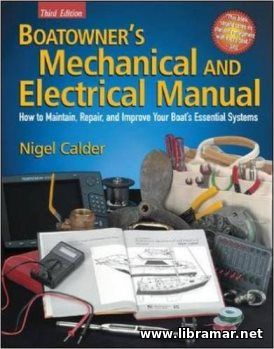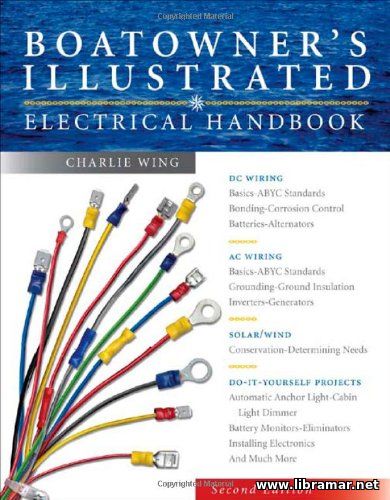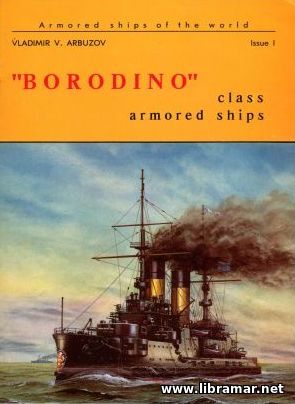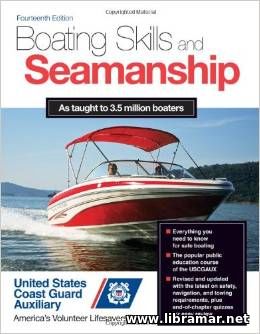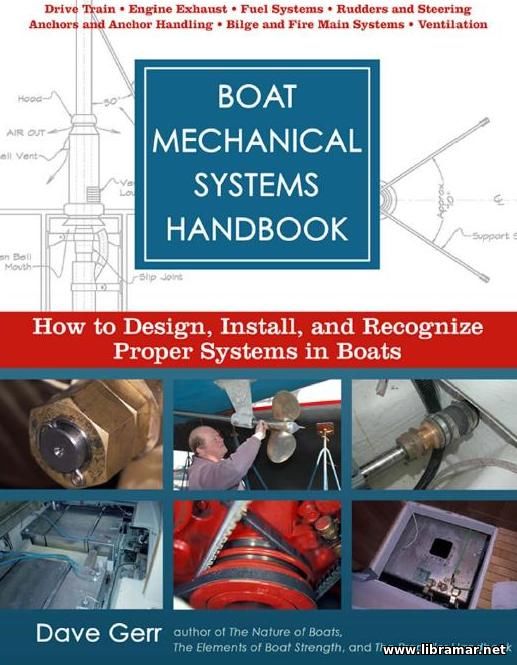
Throughout the whole history of maritime enterprise and achievement, few ships have ever excited so much interest as the clippers, even though they existed for quite short historical period. In both the America and Great Britain there was a great surge of interest and enthusiasm in the design, construction and performance of the clippers which were of a type unique in the annals of the sea.
Never before had shipbuilders been in such a hurry to construct large ocean-going ships to sail at maximum speed, and this was particularly true of America. Here the clippers were for the most part intended to transport eager prospectors to the "land of gold" in California, and this necessitated a battle with the elements in the storm-swept oceans around Cape Horn. The gold rush frenzy, as far as the ship building was concerned, lasted in the US from 1849 to 1854, although the performance of the clippers continued to be studied avidly.
Unfortunately, the years of the American Civil War terminated all this. In Great Britain the picture was slightly different, because fold was discovered in Australia three years later than in California, and clippers sailing from Britain did not have to contend straight against the fierce westerlies off Cape Horn on their outward passage.
So the clipper ship era overlapped in the 1850s, and thereafter the China tea trade produced a fine selection of clippers, a sprinkling of which were of the "extreme" category. However, this second clipper ship boom was brought to a sudden close in 1869 by the opening of the Suez Canal, which forced down freight rates for sailing vessels to ruinously low levels, and consequently, the construction of clippers ceased.
